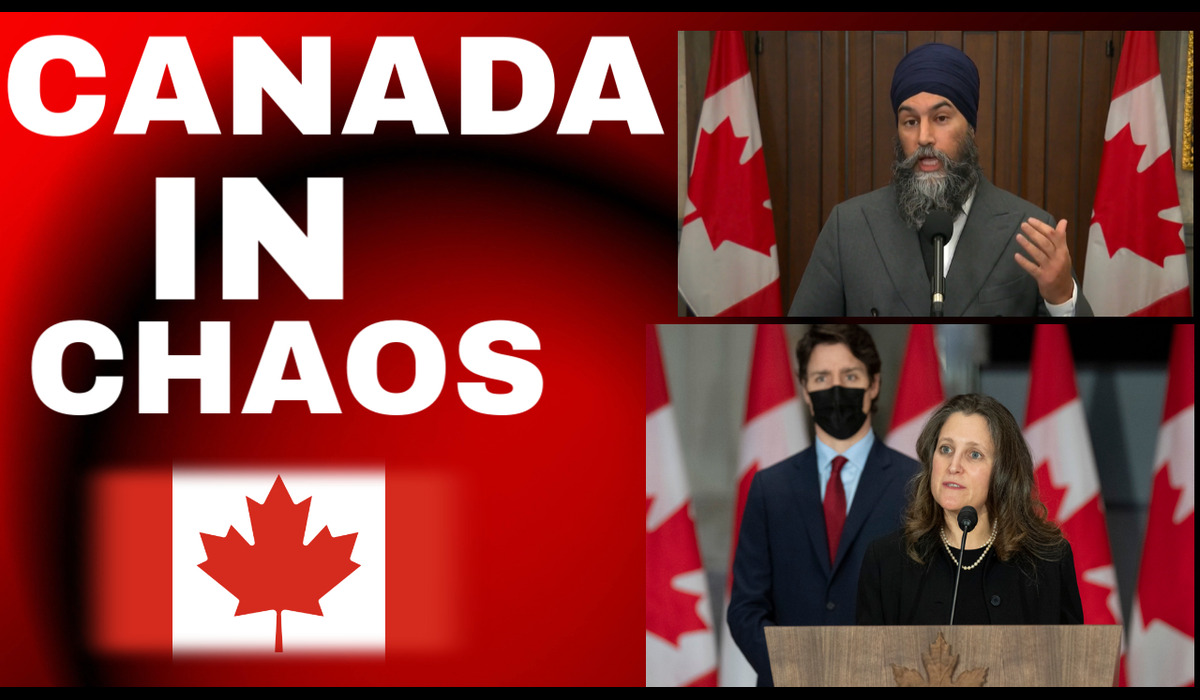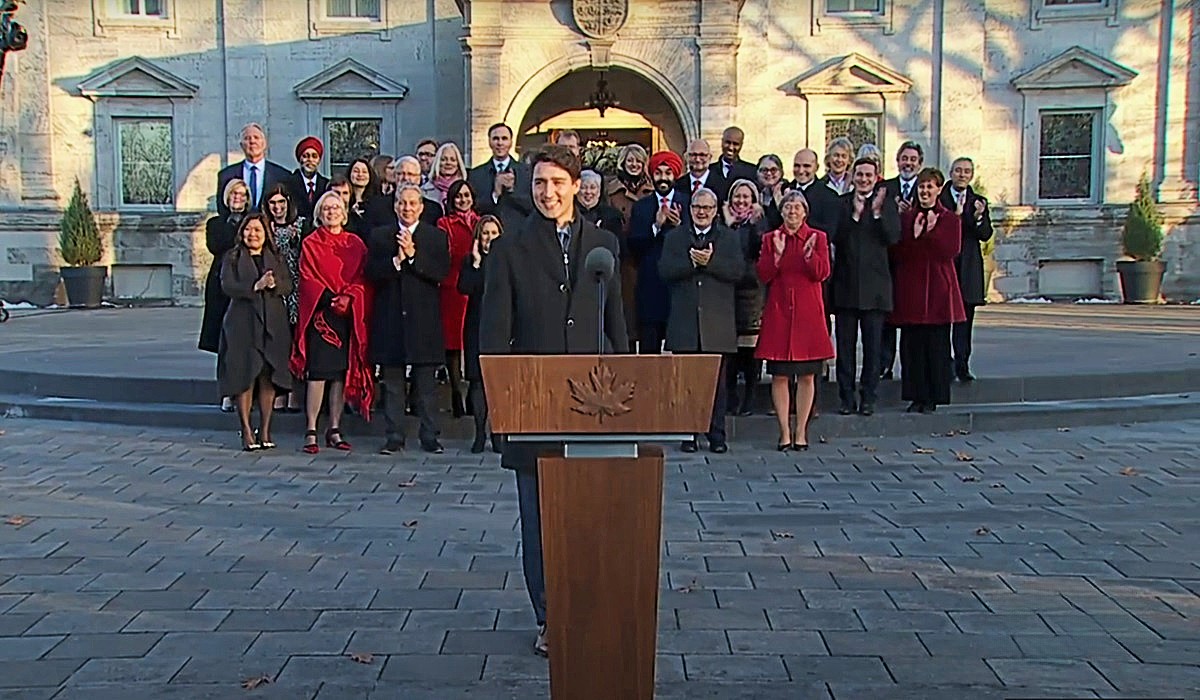In a significant move to adapt to the rapidly evolving media and entertainment landscape, the Government of Canada has issued a new directive to the Canadian Radio-television and Telecommunications Commission (CRTC). The directive, “Sustainable and Equitable Broadcasting Regulatory Framework,” outlines key measures to implement the recently introduced Online Streaming Act. This directive aims to enhance the CRTC’s ongoing efforts to modernize Canada’s regulatory framework, ensuring it remains relevant in the digital age.
The CRTC Chairperson and Chief Executive Officer, Vicky Eatrides, provided a statement highlighting the government’s broadcasting policy direction. The directive encompasses various aspects, each designed to address specific challenges and opportunities in the evolving media landscape.
Indigenous Representation and Participation: The directive underscores the importance of diversity among Indigenous peoples. The CRTC is directed to support the meaningful participation of Indigenous persons in the Canadian broadcasting system, emphasizing their ability to create and produce a wide range of programs, ensure access to those programs, and promote their ownership and control of broadcasting undertakings.
Support for Canadian Programming: The CRTC is instructed to impose requirements on broadcasting undertakings, both domestic and foreign, to ensure strong support for a diverse range of Canadian programming and creators. This includes equitable financial and non-financial obligations, taking into account the size and nature of the undertaking.
Community Broadcasters and Innovation: The directive encourages the CRTC to foster collaboration, encourage innovation, and support the sustainability of community broadcasters and broadcasting undertakings crucial to achieving the objectives of the broadcasting policy.
Regulation for Discoverability and Accessibility: The CRTC is directed to consider various means of discoverability and showcasing for Canadian programming. Special attention is given to outcome-based regulations that minimize disruptions to broadcasting undertakings and prioritize accessibility for persons with disabilities.
Flexible and Adaptable Regulatory Framework: The CRTC is directed to ensure a flexible and adaptable regulatory framework, minimizing regulatory burdens where appropriate, respecting audience choice, and utilizing digital tools. Collaboration between Canadian and foreign broadcasting undertakings is also encouraged.
Use of Canadian Human Resources: The directive emphasizes maximizing the use of Canadian creative and other human resources in creating, producing, and presenting programming within the Canadian broadcasting system.
Exemption for Social Media Creators and Video Games: The CRTC is directed not to impose regulatory requirements on online undertakings for social media creators and broadcasting undertakings for the transmission of video games.
Clear and Measurable Criteria: The directive instructs the CRTC to set clear, objective, and readily ascertainable criteria when exercising its powers under the Broadcasting Act, ensuring that regulations and expenditure requirements are proportional and clear.
Engagement with Indigenous Peoples and Other Groups: The CRTC is directed to engage with Indigenous peoples, equity-seeking and ethnocultural groups, and official language minority communities to solicit their comments on various aspects, including supporting Indigenous broadcasting undertakings and creating measurable targets for diverse programming.
Implementation and Transparency
To ensure accountability and transparency, the CRTC is directed to provide periodic updates on progress in achieving the broadcasting policy objectives, focusing on the inclusion and participation of Indigenous persons and other marginalized groups in the Canadian broadcasting system.
The directive also mandates the CRTC to implement changes to its regulatory framework within two years of the directive, prioritizing implementing sections related to Indigenous representation and participation, equity-seeking groups, and official language minority communities.
By addressing the challenges of the digital age and prioritizing diversity and inclusion, the government aims to ensure that the Canadian broadcasting system remains vibrant, responsive, and reflective of the country’s rich cultural makeup. The upcoming public consultations and hearings starting on November 20 will provide stakeholders and the public an opportunity to contribute to shaping these regulations, fostering a collaborative and transparent approach to the future of Canadian media.









